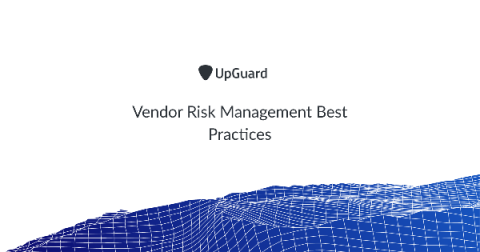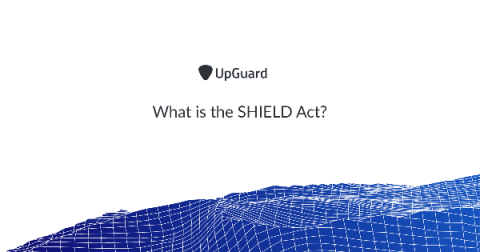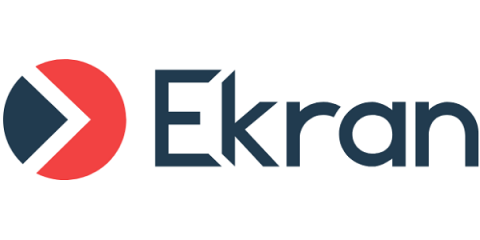Vendor Risk Management Best Practices
Vendor risk management is hard. And it's getting harder. But it doesn't have to be. Business units are outsourcing more of their operations to third-party suppliers. In turn, these suppliers outsource to their own service providers. It's undeniable, the average organization's exposure to third-party risk and fourth-party risk has never been higher.










